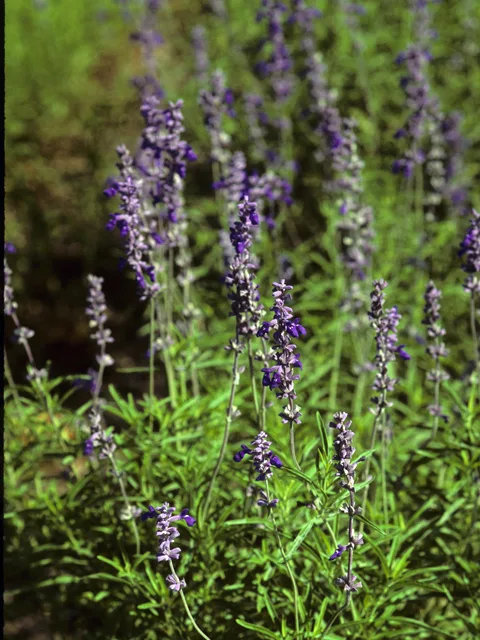
Mealy Blue Sage – A Surefire Winner
Are you seeking a hardy, low-maintenance, and long-blooming native North Texas plant for your landscape? The Mealy Blue Sage (Salvia farinacea) provides a winning combination for the North Texas native
Home » Collin County

Are you seeking a hardy, low-maintenance, and long-blooming native North Texas plant for your landscape? The Mealy Blue Sage (Salvia farinacea) provides a winning combination for the North Texas native
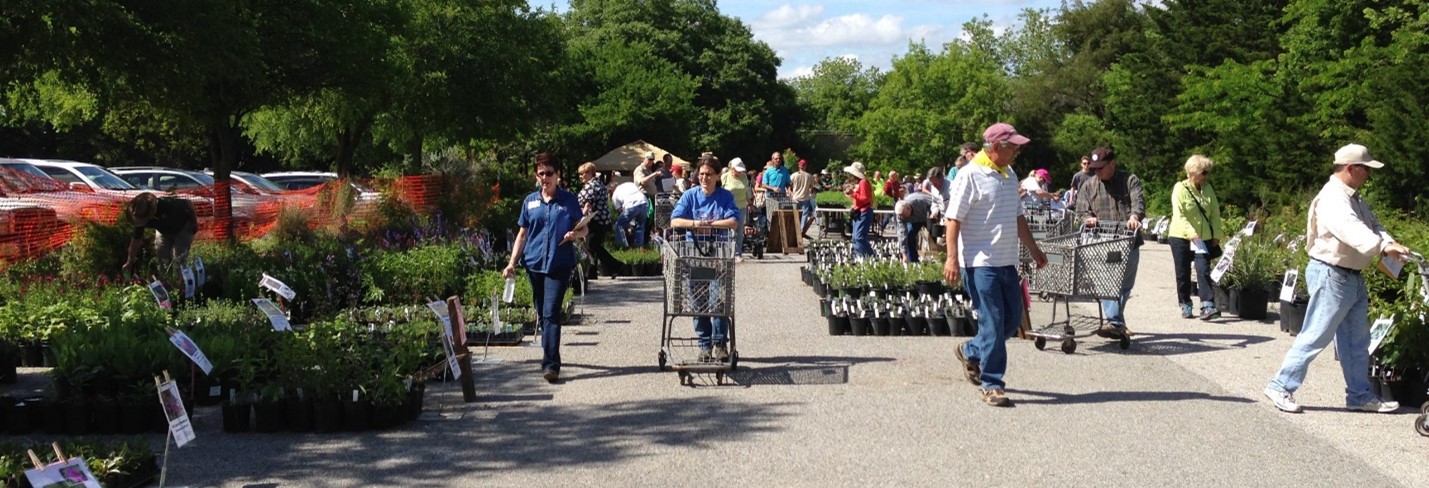
The Heard Museum & Wildlife Sanctuary in McKinney will be hosting its annual Spring Native Plant Sale from April 12th to 14th. We are proud to partner with the Heard Museum on this

For some, the name “sumac” can conjure up negative connotations. Whether it was past encounters with Poison Sumac (not found in North Texas) or the invasive Chinese Sumac, many people
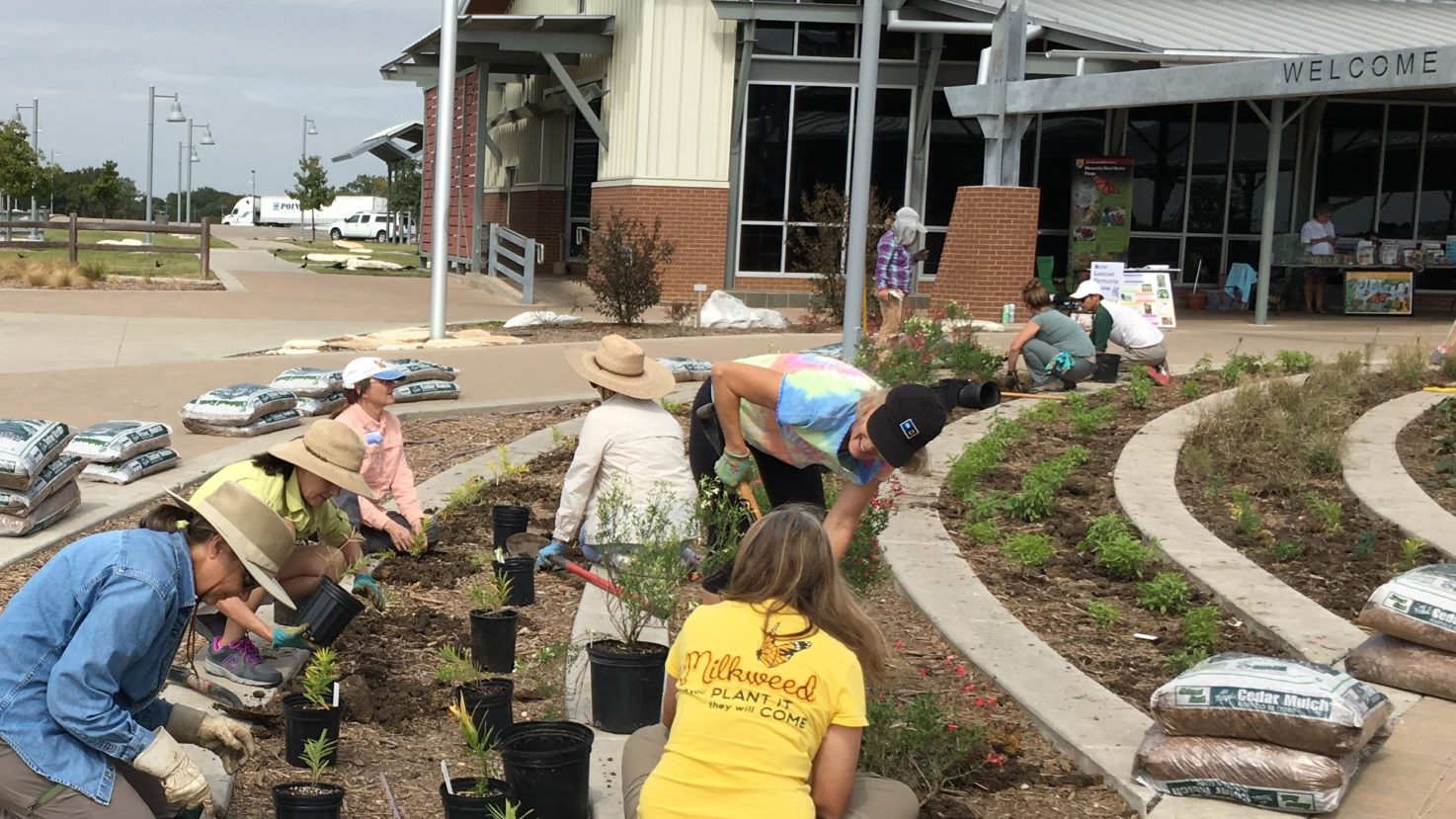
Seeking Volunteers On Saturday February 17 there will be a workday at the Hill County rest area monarch waystations. This effort is part of a NPSOT project to maintain monarch
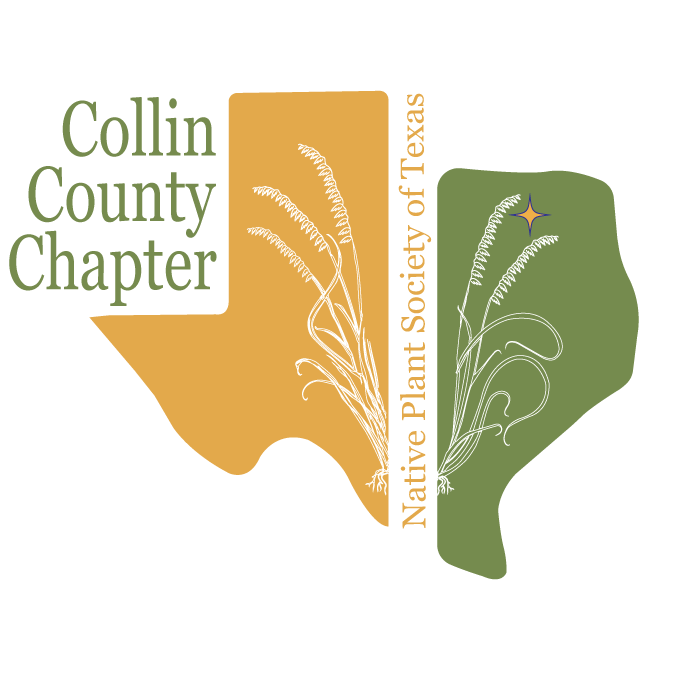
Reminder: There is no chapter meeting on November 7th and December 5th. We’re excited to reconvene on January 2, 2024. Keep an eye out for further info coming next month!
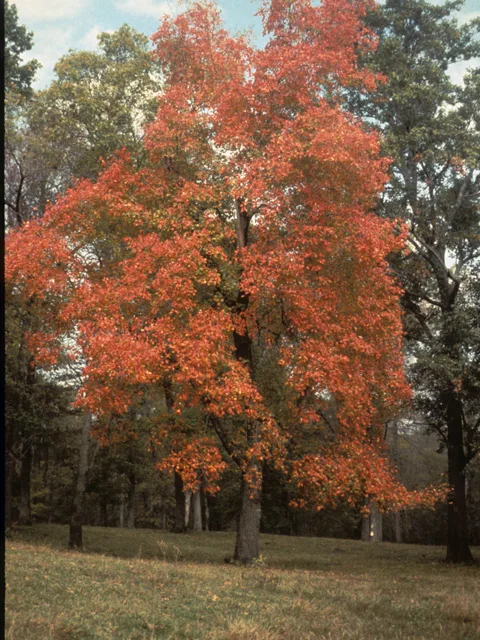
Texas Arbor Day is November 3 and a great time to consider native North Texas trees for your landscape. We review four readily available native that are hardy and bound to be a long-term asset to your landscape.
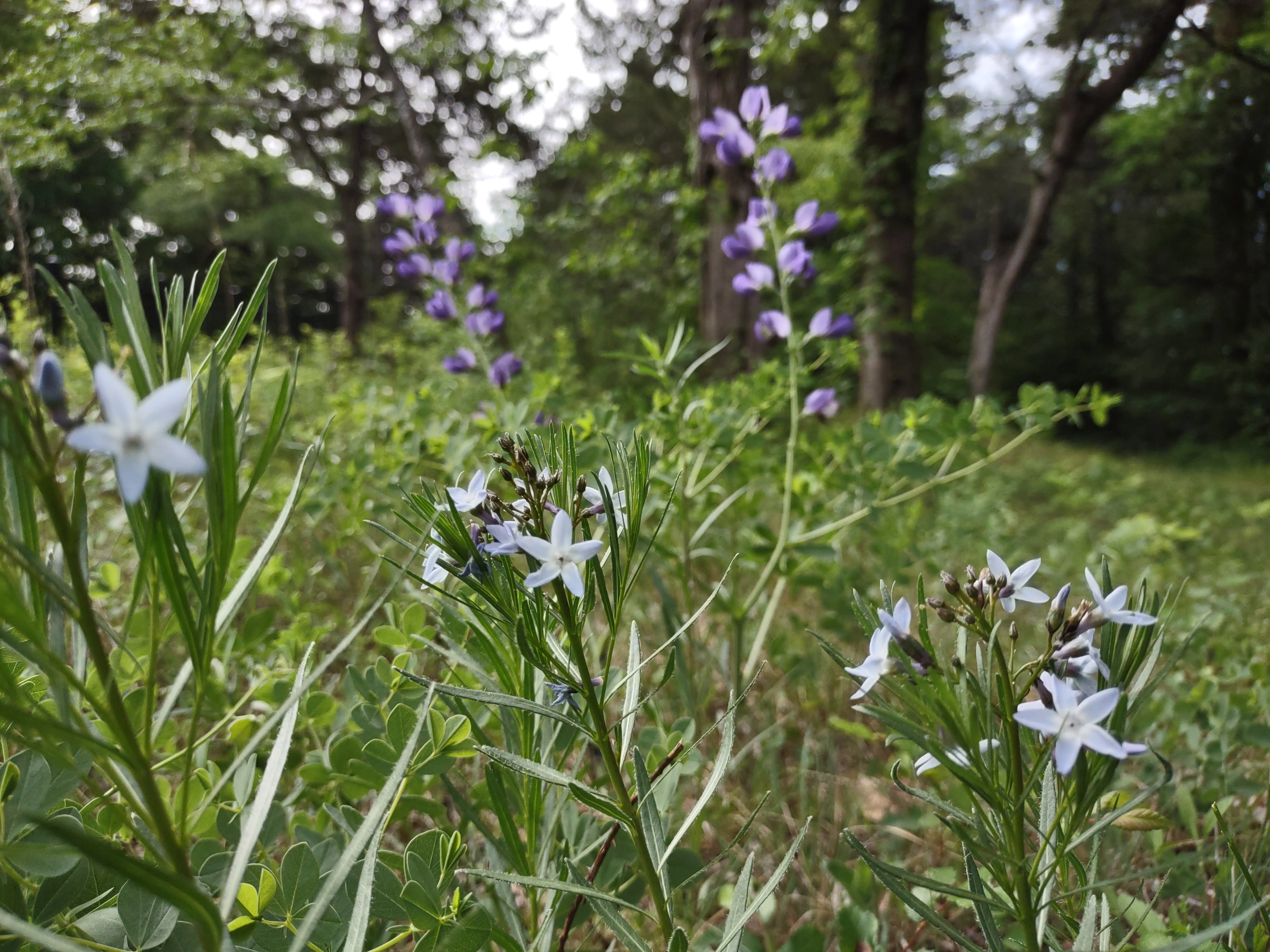
In lieu of a chapter meeting on November 3, the Collin County Chapter will be holding our annual Potluck Dinner on Sunday, October 29, from 4:00 – 8:00 PM, at

At our upcoming chapter meeting on October 3, we will be selling the new NPSOT signs for display in yards and other areas with native plants. We have four versions

Our chapter actively seeks enthusiastic volunteers to be part of our digital community. Whether you are tech-savvy or just eager to learn, you can help make a difference for our

Below is a note from the Collin County Master Gardeners Association: Dear Friends at the Native Plant Society of Texas, The Collin County Master Gardeners Association would like to invite
State Office Address:
Native Plant Society of Texas
PO Box 3017
Fredericksburg, TX 78624
Become an important part of a statewide community with over 4,000 members, who are united in our mission to promote Texas native plants!
Native Plant Society of Texas is a 501(3)(c) nonprofit organization This website and all content Copyright © Native Plant Society of Texas. All rights reserved. Content may not be reprinted in whole or in part without written permission. Contact the Webmaster.